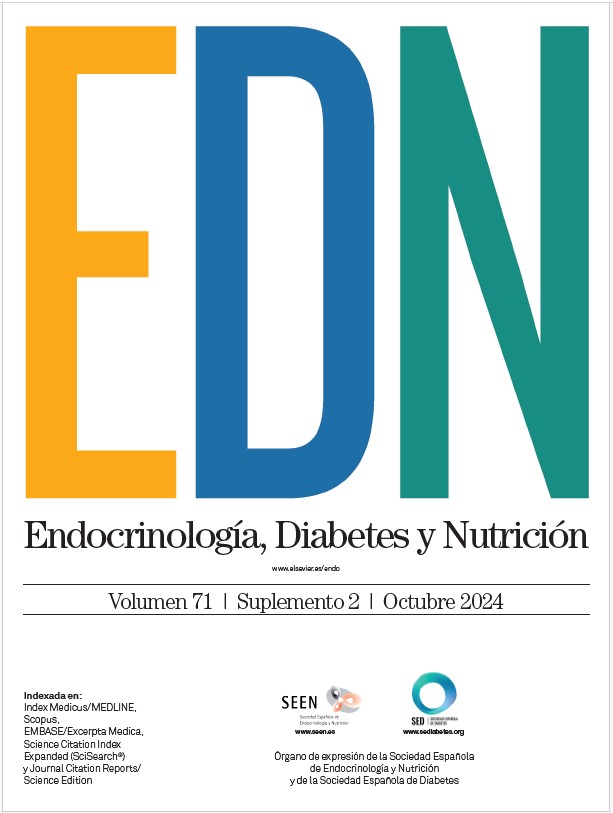214 - REGRESSION FROM PREDIABETES TO NORMOGLYCEMIA IN SUBJECTS AT HIGH RISK OF TYPE 2 DIABETES
1Hospital Central de la Fuerza Aérea del Perú, Lima, Perú, Programa de Doctorado, Universidad Autónoma de Madrid. 2Hospital Central de la Fuerza Aérea del Perú, Lima, Perú. 3Crónicas, Universidad Peruana Cayetano Heredia, Lima, Perú. 4Departamento de Endocrinología y Nutrición, Hospital Universitario Fundación Jiménez Díaz, Madrid. 5Laboratorio de Nefrología, Hipertensión, Diabetes y Patología Vascular, IIS-Fundación Jiménez Díaz, UAM, Madrid. 6Unidad de Bioestadística y Epidemiología, Hospital Universitario, Fundación Jiménez Díaz.
Introduction: Prediabetes state carries risk of cardiometabolic complication but also would define a risk state by itself. The regression of prediabetes to normoglycemia is accompanied by an improvement in cardiometabolic risk-factors. We evaluated the regression to normoglycemia (RNG) from prediabetes state in a high-risk sample at two hospitals, in Perú and Spain.
Methods: 477 patients with Impaired Fasting Glucose (IFG), were selected. 264 of them were able to complete a 5-year follow-up after performance an OGTT. IFG and/or HbA1c defined prediabetes, after OGTT, according to the American Diabetes Association. Prediabetes regression was considered if Fasting glucose < 100 mg/dl and HbA1c < 5.7% after follow-up. We describe the frequencies and associations using Student's t-test and χ2 test. Odds ratio (OR) was estimated using logistic-regression with IC95%s.
Results: Mean-age was 57 ± 11.4 and 67.8% were female. 43 subjects (16.3%) RNG, 142 (54%) remained in prediabetes and 78 (29.7%) progress to T2DM. We found a significant differences in basal glycemia (BG), basal-HbA1c, BMI and creatinine measurement when we compare the final status of the three groups at the end of the follow-up (p < 0.001, p = 0.030, p = 0.018 and p = 0.021 respectively). However, when comparing patients who RNG with those who remain in prediabetes, the significance was only in BG (p = 0.024). Finally, by logistic-regression analysis, we found positive association in the RNG group compared to those who did not, for BMI (OR 1.07, 95%CI (1.65-5.88); p = 0.047) and basal glomerular filtration rate (CKD-EPI) (OR 1.47, 95%CI (1.04-2.20); p = 0.008).
Conclusions: Several heterogeneous individual characteristics may contribute to the regression to normoglycemia in people with prediabetes. However, according to our results, BMI and CKD-EPI may are potential determinants of regression to normoglycemia in high-risk individuals with any specific intervention.







